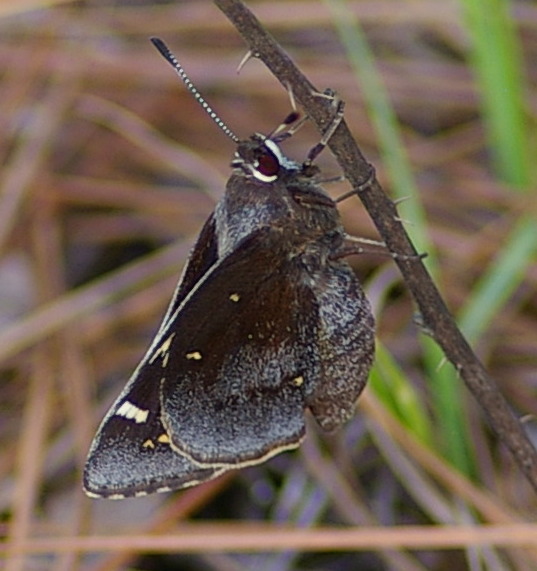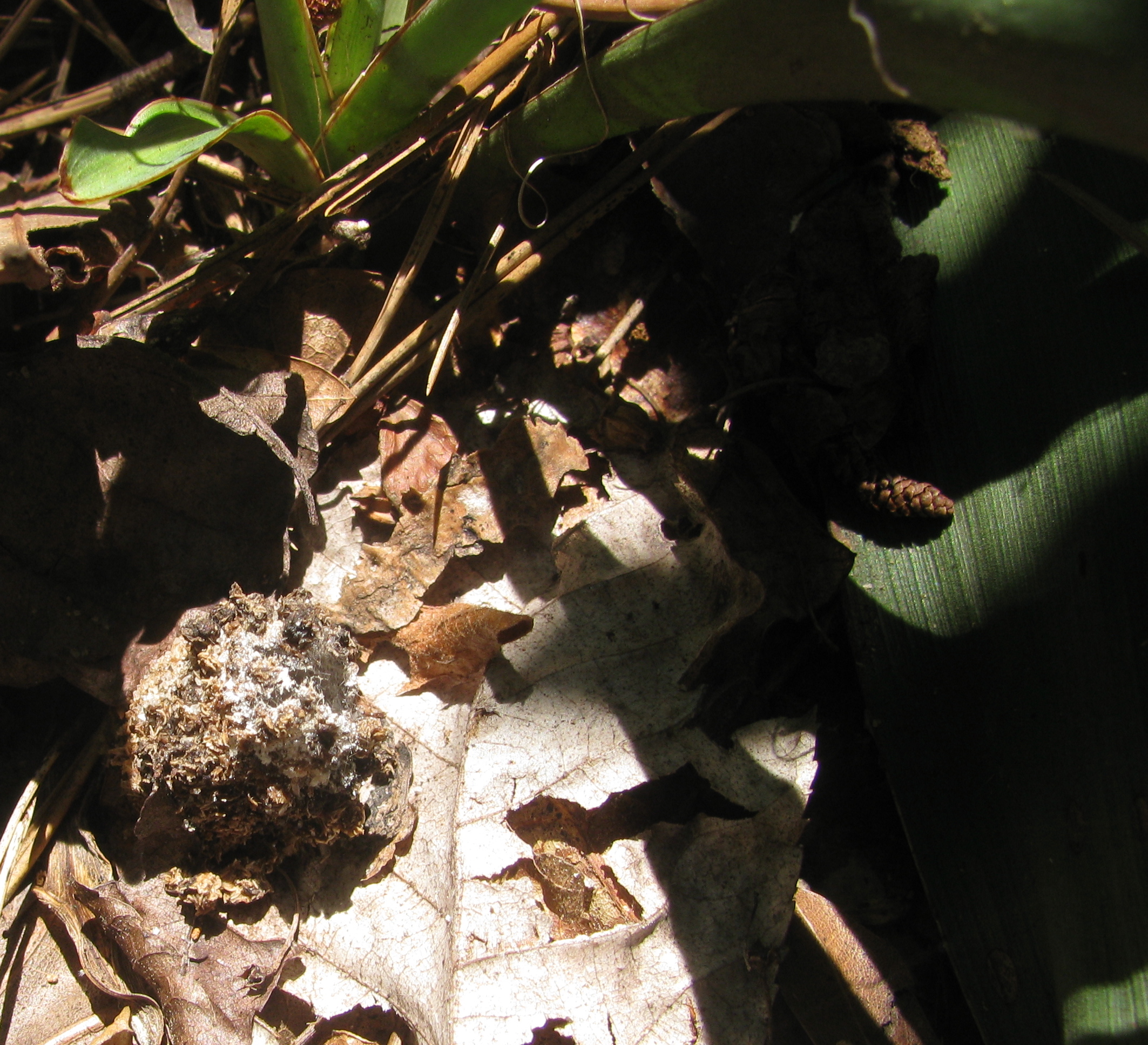|
| Common Name | Cofaqui Giant-Skipper by John Dole => Williston, Florida
[View PDF]
 Click to enlarge Click to enlarge
[Google Images] GBIF [Global Distribution ] BoA [Images ] iNaturalist |
| Scientific Name | Megathymus cofaqui
|
| Link to BAMONA species account. |
| Map | Click on a county for list of all database records for the species in that county.
 |
| Distribution | DISTRIBUTION: Known only from monadnocks in the extreme western Piedmont and foothills, in Alexander and Polk counties (Kilian Roever, pers. comm.). To be looked for in the Sandhills, the extreme southern Piedmont, and the southern Mountains. It has been found in adjacent counties (Lancaster and Chesterfield) in SC, and thus it might occur in SC border counties in NC from Rutherford on the west to Scotland on the east. In addition, there are a few recent records for the Mountains of northeastern GA (including Rabun County), adjacent to NC; thus, could potentially be found from Macon County to Cherokee County along the GA border.
|
| Abundance | ABUNDANCE: Extremely rare; NC is at the northern edge of the range of the species. David Campbell reported seeing an adult at Rocky Face Mountain in Alexander County, in 2009; he and Lori Owenby observed larval tents there in 2010, and he observed a recently hatched egg there in 2013.
|
| Flight | FLIGHT PERIOD: A single brood in midsummer. Kilian Roever has collected it in July in the two counties named above; these are apparently the only confirmed state records. In GA, the species' flight is from early July to mid-August, with a few September records (Opler and Krizek 1984). Rick Cech, Emily Peyton, Derb Carter, and I observed several in GA from the end of July into early August in 1999, further corroborating the flight period. The July 3 report in 2009 appears to be quite early and is at the very beginning of the flight period. Considering that a recently hatched egg was seen on August 18, the NC flight presumably goes well into August. Note that on Pierre Howard's Butterflies of Georgia website that the species has been seen as late as early November -- in the mountains of Rabun County!
|
| Habitat | HABITAT: As with the Yucca Giant-Skipper, it is restricted to areas with yuccas (Yucca spp.); in NC, found only on mountains with Common Yuccas (Y. filamentosa) near rock outcrops. GA sites are also primarily extensive granitic flatrocks or monadnocks, where yuccas are common.
|
|
| | Plants | FOOD AND NECTAR PLANTS: The foodplants are strictly just yuccas -- seemingly just on Common Yucca in NC and GA. Adults supposedly do not nectar.
|
| Comments | COMMENTS: This is one of the most poorly-known butterflies in the Eastern United States and is certainly the most poorly known resident species in NC. Roever has collected it from Rocky Face Mountain in Alexander County and from White Oak Mountain in Polk County; however, he indicated that the habitat has been destroyed at the latter site (pers. comm.). Jeff Pippen talked to another out-of-state lepidopterist in 2016 who told him that the species is still present at Rocky Face Mountain. Though this is good news, at the same time it is disturbing that out-of-state "lepsters" know more about its status within NC than do the butterfliers here.
Much is still to be learned about the Piedmont (and possibly extreme southern Mountain) range of the two yucca-skippers. I have failed to find the Cofaqui on five July visits (four in late afternoon/dusk) to Rocky Face, including in 2009, each time with one or two other observers to spread out over a number of rock faces. However, David Campbell has observed larval tents of both Yucca and Cofaqui giant-skippers on the mountain in 2010. The species' behavior is completely unlike any other Eastern butterfly. The adults that we observed in central GA in 1999 flew only at dusk! There was an approximately 30-minute period centered around sunset when they appeared, presumably out of trees near the flatrocks. Individuals flew 1-2 feet above the rocks patrolling for mates, including a number of chases. They perched only briefly. We spent much time walking through the woods where the yuccas were present, plus waited for hours one morning where we saw them the evening before, without seeing any. We assume, then, that the adults rest all day and night well-up on tree trunks or limbs, coming down to mate only at twilight! For more on the behavior of this unusual species, see Cech and Tudor (2005).
|
State Rank | S1 | | State Status | SR |
Global Rank | G3G4 | | Federal Status | |
| Synonym |
|
| Other Name | Cofaqui Skipper
|
|
|


